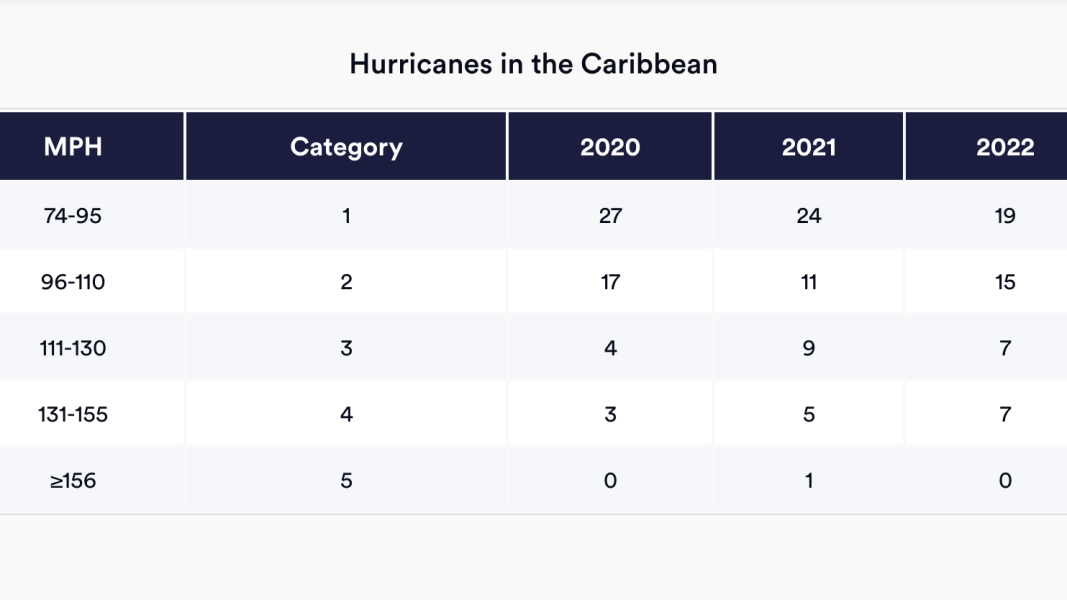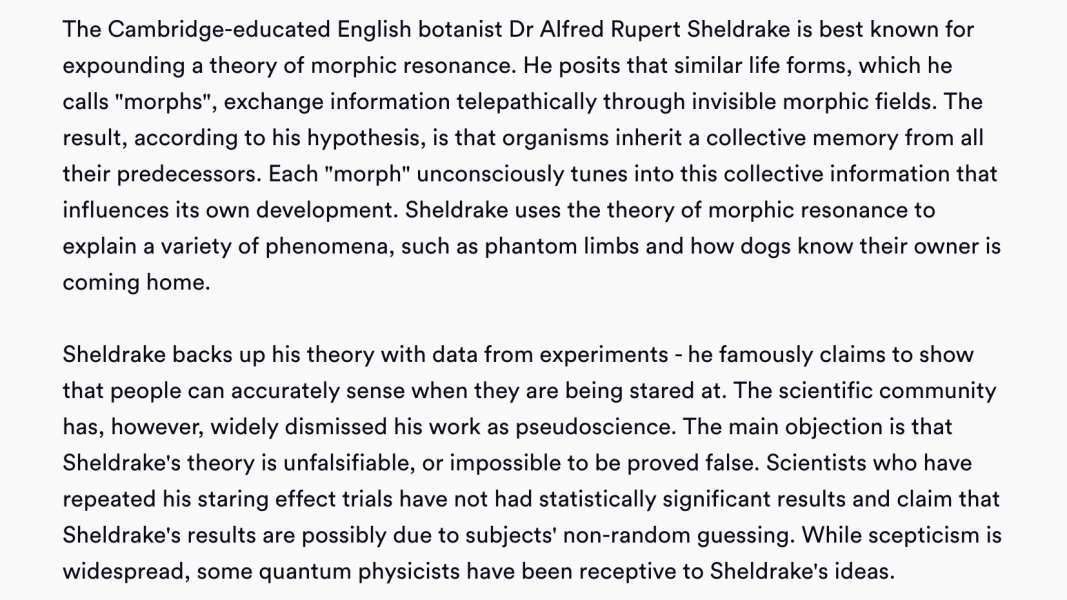What is a Kenexa test?
In 2012, IBM bought Kenexa and helped to build its portfolio of assessments – there are currently over 1,500 different tests to choose from, each one customisable to the specific business or role in question.
Although candidates are most likely to take a Kenexa test at the screening stage of the recruitment process, the tests can also be modified to suit any stage.
Designed to cover almost every conceivable area a recruiter may wish to learn about in a candidate, the various tests cover everything from verbal and numerical reasoning, to culture fit examinations and behavioural assessments.
Kenexa test categories
Here is an overview of the different types of Kenexa tests:
Advanced reasoning tests – These are Kenexa’s psychometric tests. They include verbal and numerical reasoning, and aim to assess your general skills in these areas under timed conditions.
Career fit – Otherwise known as a competency-based test, the career fit aims to examine where your personal strengths and weaknesses lie, and how well you’re likely to develop in that role.
Culture fit – The culture fit test is all about how well your values align with that of the company you’re applying to work for. As such, there are no right or wrong answers, but there will be answers that an employer is looking to see.
Job fit – The job fit test helps an employer to find the candidate who has the characteristics needed to succeed at the job.
Kenexa performance indicators (KPIs) – The KPI looks at your strengths and the likelihood of you having the characteristics and traits vital to the role you’re applying for. This could be communication, the ability to take instruction or team work, depending on what the role is.
Kenexa prove it! – This is an additional platform that contains over 1,200 tests. Many of these are tests tailored specifically to examine certain skills, as well as more general ones.
Kenexa aptitude tests
The Kenexa aptitude tests are designed to assess these three key areas:
- 1 Numerical reasoning
- 2 Verbal reasoning
- 3 Logical reasoning
Plus there is Kenexa CAT — a recent addition to the Kenexa test portfolio. The CAT assessment combines numerical, verbal and logical questions, all of which get more complicated as the candidate progresses through the test.
Kenexa numerical reasoning test
Out of a possible 174 different questions, 20 questions will be randomly selected for your 20-minute test.
With only one minute to answer each question, it’s crucial to have practised as many numerical reasoning tests as you can before the one that really matters. This will help to improve your speed and accuracy, and instil confidence that you know what kinds of questions might be asked of you on the test.
Your numerical and mathematical skills are under scrutiny, and you’ll need to prove you can interpret data, calculate percentages and show an aptitude for business finance.
Try your hand at a sample question for an idea of what you might see on your test.
What was the percentage change in category 3 hurricanes from 2021 to 2022?
- A) 28.57% decrease
- B) 22.22% decrease
- C) 77.78% increase
- D) 125% increase
The answer is B. In 2021 there were 9 category 3 hurricanes, and in 2022 there were 7. Percentage change: (7-9) / 9 x 100 = -22.22%
Kenexa verbal reasoning test
The time allowance for the verbal reasoning test is also 20 minutes, but within that time you’ll have to answer 24 questions.
Designed to assess your communication skills and your ability to separate fact from inference, you’ll be asked to read through dense passages of text and answer questions on what you’ve read.
No prior knowledge of the material is required. Instead you’ll have to pay close attention to what you’ve read, and select from ‘true’, ‘false’ or ‘cannot say’ as possible answers.
Although you don’t need to have read up on the subject, practising verbal reasoning questions ahead of the test is a great way to feel more prepared.
Why not try one now?
Statement: The theory of morphic resonance centres on the idea that the memories of one generation are mysteriously passed to the next.
- True
- False
- Cannot tell
The correct answer is True – this paraphrases the explanation given in the first paragraph.
Kenexa logical reasoning test
The Kenexa logical reasoning test is designed to assess how strong your logical thinking skills are through a series of shape- and pattern-based challenges.
Typically, you’ll be given a set of different shapes, patterns or images and asked to work out the rule that connects them to finish the sequence with the correct multiple-choice answer.
As with any aptitude test, the time constraint makes this test challenging and requires you to maintain a balance between speed and accuracy.
Practice is the only way to improve your logical thinking, so we recommend you try as many practice logical questions and answers as you can, to familiarise yourself with the format and style of the questions.
Which of the boxes comes next in the sequence?
The correct answer is D. Rule 1: The shapes move one corner in an anticlockwise direction each time. Rule 2: The shapes alternates between triangle and circles.











